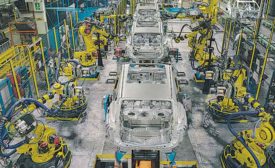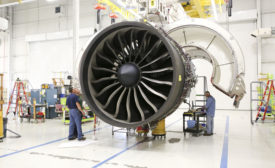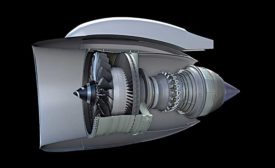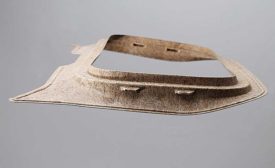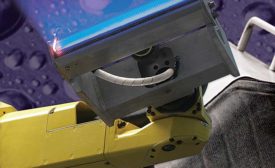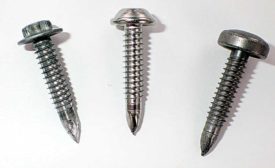Home » composites assembly
Articles Tagged with ''composites assembly''
Lightweighting Is Top Priority for Automotive Industry
Lightweighting is the No. 1 challenge facing automotive engineers today
June 7, 2018
Assembling Thermoplastic Composites
Joining thermoplastic composites—either to each other or to other materials—can be challenging.
June 7, 2017
Get our new eMagazine delivered to your inbox every month.
Stay in the know on the latest assembly trends.
SUBSCRIBE TODAY!Copyright ©2024. All Rights Reserved BNP Media.
Design, CMS, Hosting & Web Development :: ePublishing

